The Mad Max saga has been brutally hard on its villains in the past, with few surviving to the closing credits. But Furiosa makes a big exception.
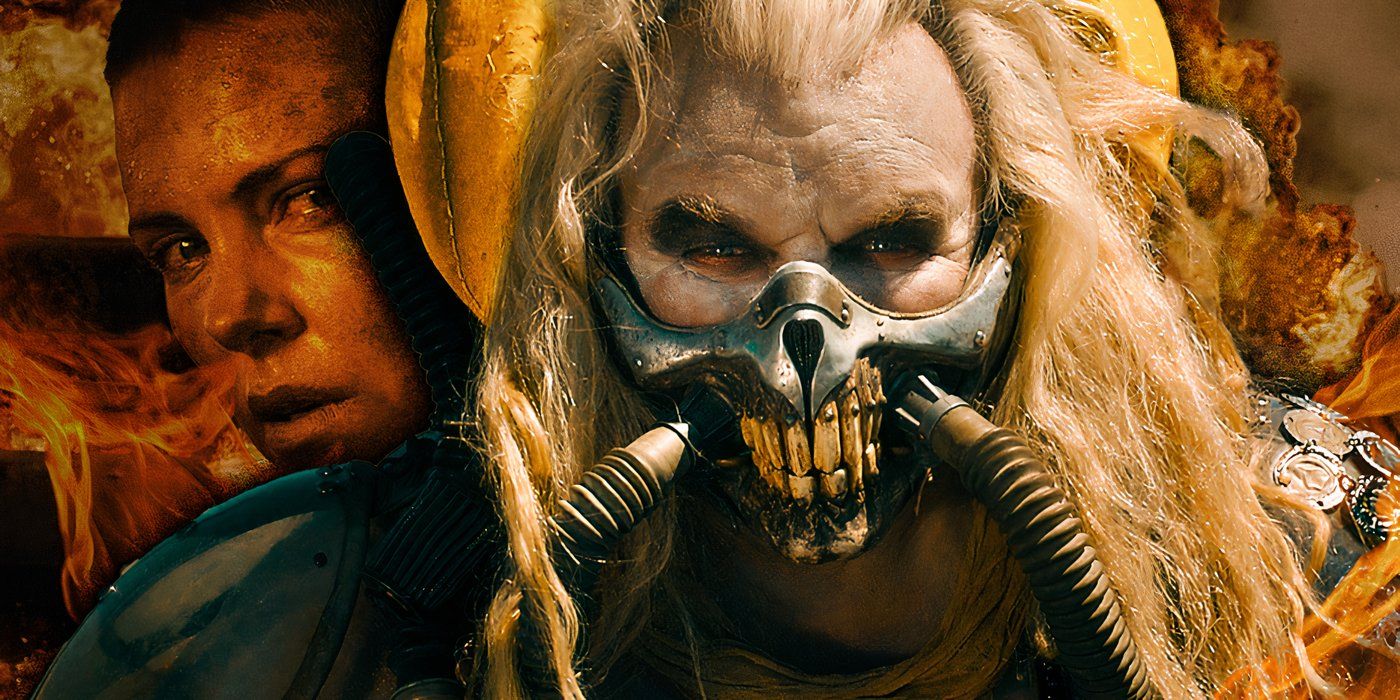
The Mad Max saga has thrived in part on its memorable villains. Its post-apocalyptic wasteland gives rise to all kinds of wild character concepts that couldn’t possibly exist anywhere else. Director George Miller has a unique knack for it, giving retro-future warlords a pro-wrestling flair and creating one of the most unique rogues galleries in all of pop culture as a result. Naturally, few of them make it to the closing credits, but they always leave a unique impression when they go. It’s a testament to the franchise’s legacy that they all remain so memorable.
Furiosa looks to add to that count with Chris Hemsworth’s Dementus, another warlord who abducts the title character as a girl. It brings him into conflict with a familiar figure: Immortan Joe, the antagonist of Mad Max: Fury Road who has built a powerful kingdom in the desert. The new film covers his background as much as Furiosa’s, and in the process delivers a great deal of new information about the universe they both inhabit. Joe brings new wrinkles and nuances to the saga, which makes his presence in Furiosa absolutely essential to the success of the film.
Mad Max’s Warlords Follow a Specific Arc

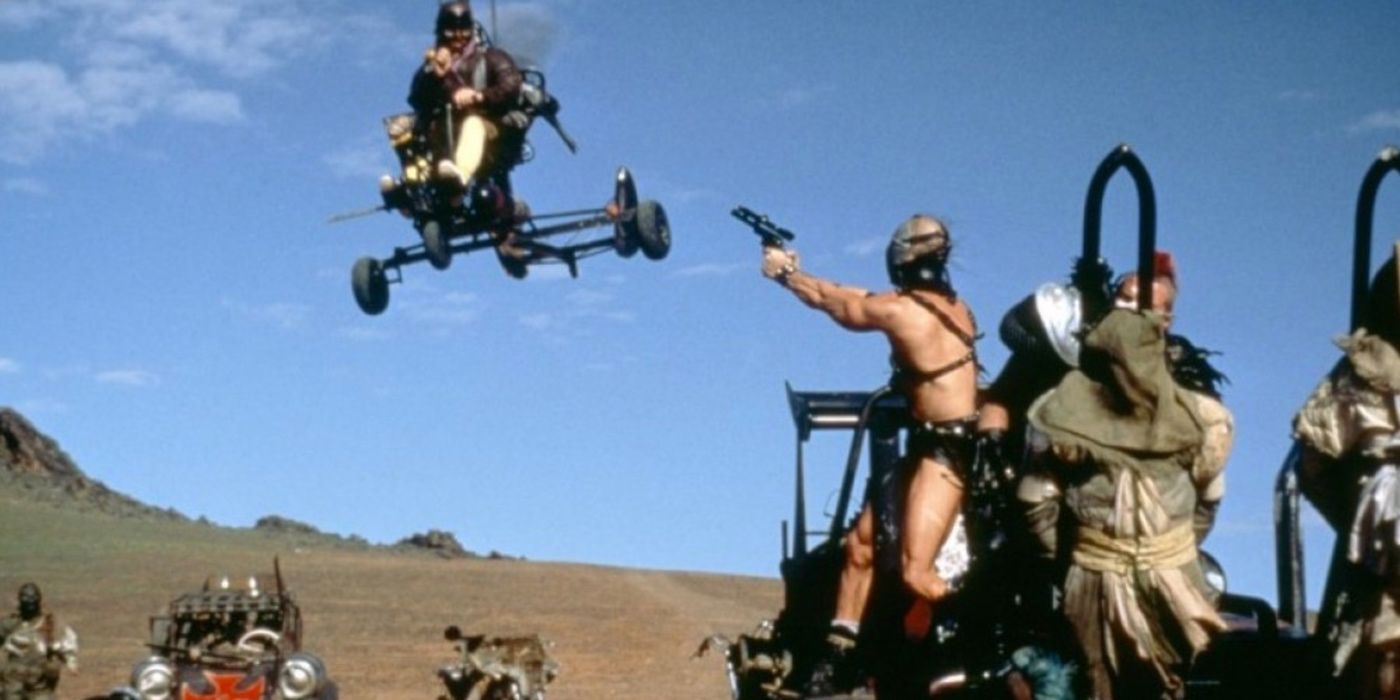
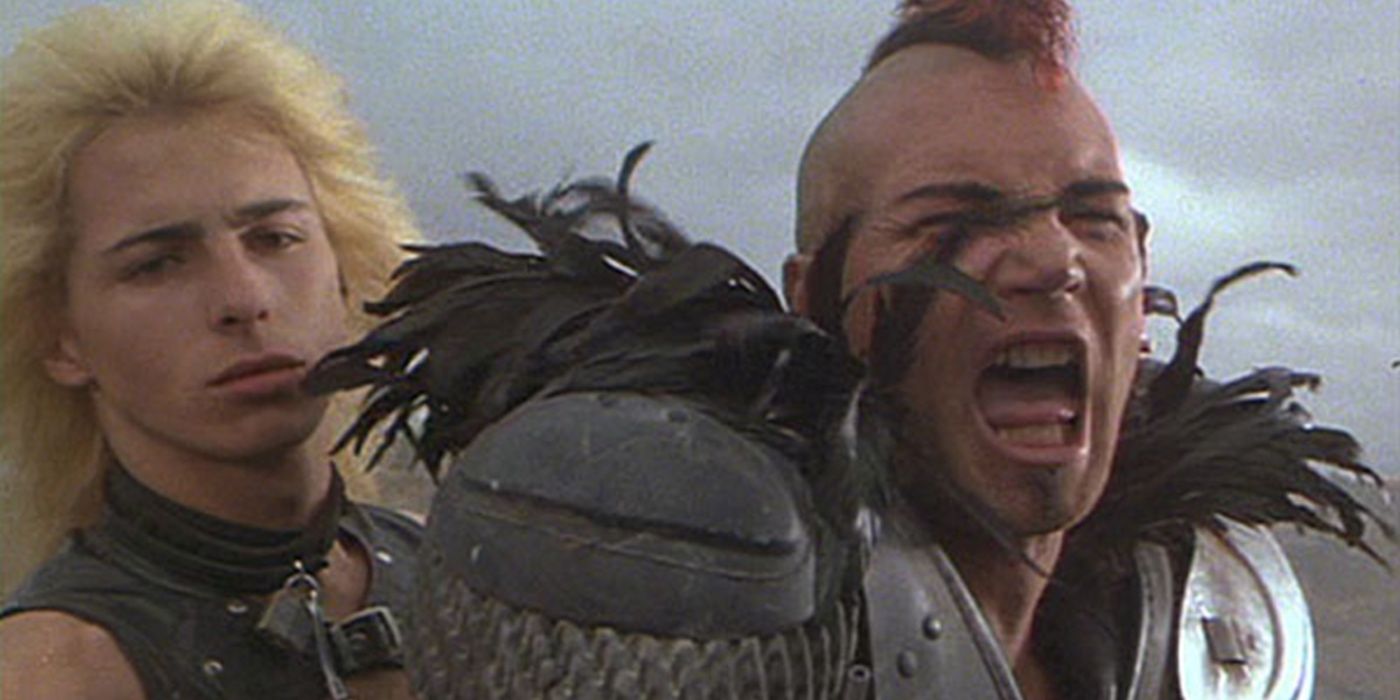
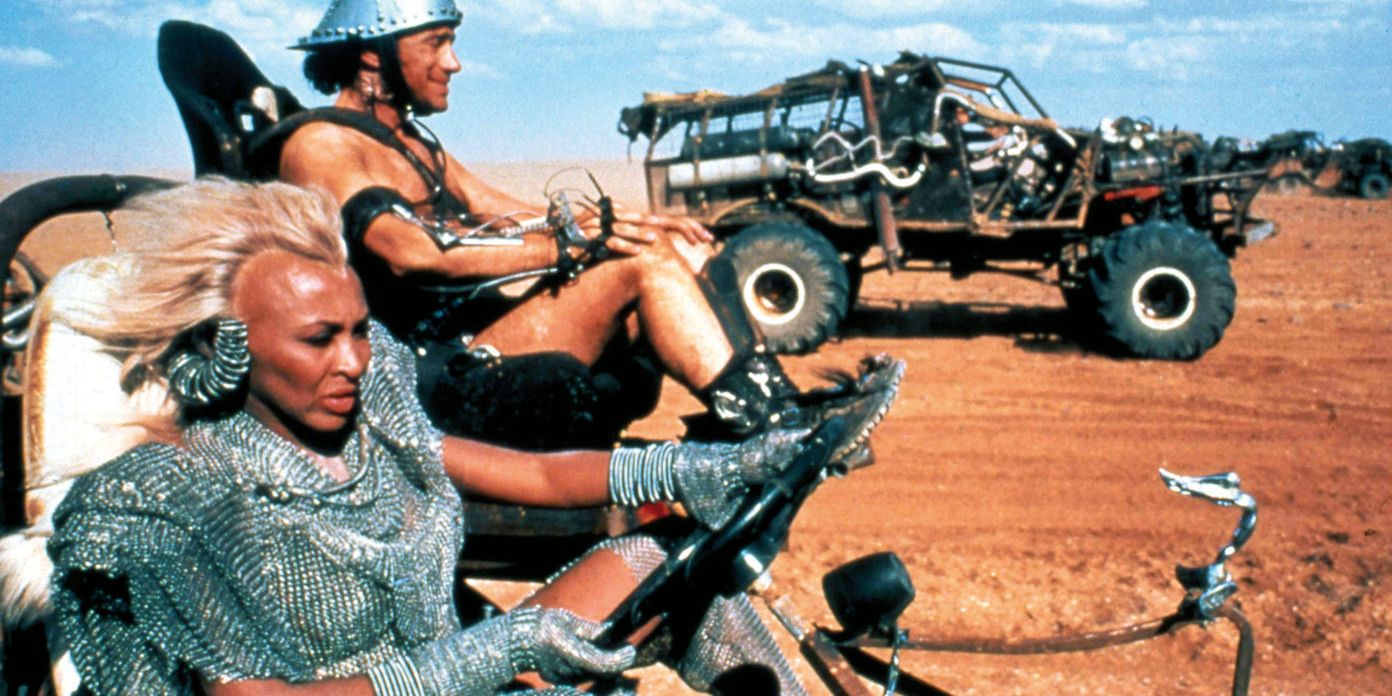
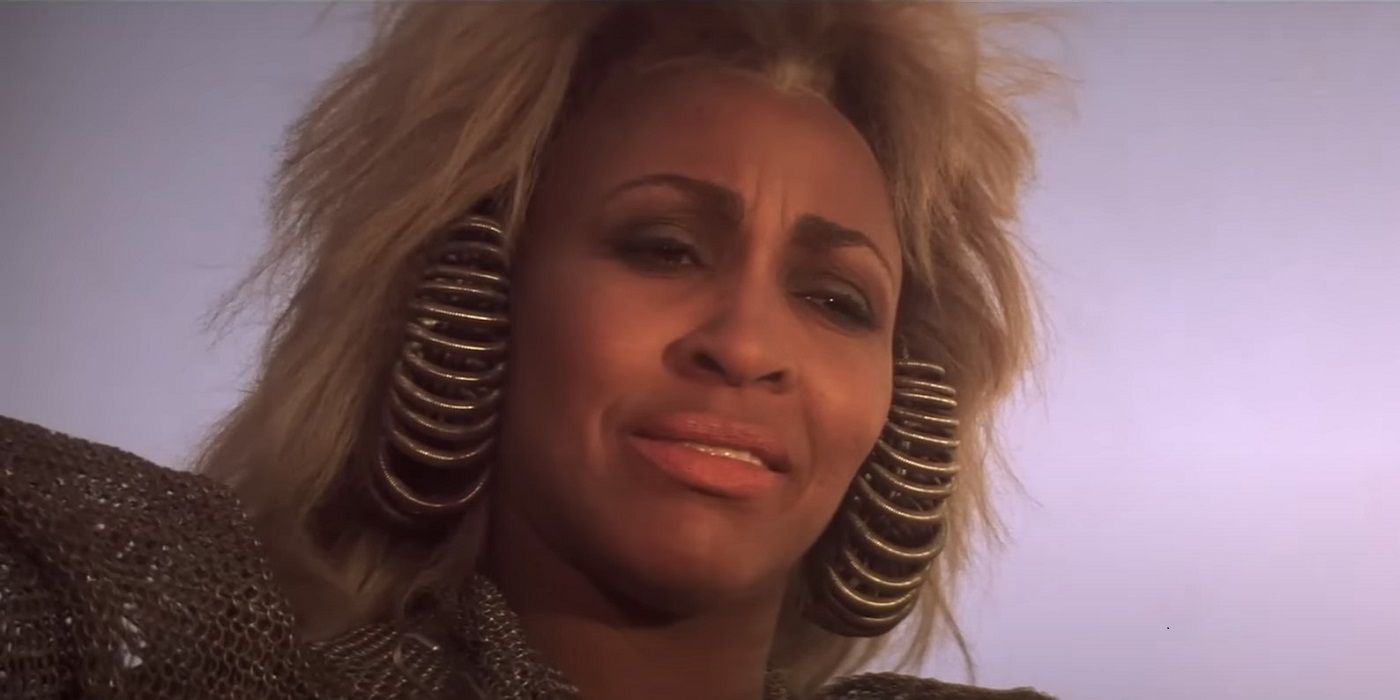
Every Mad Max movie features an antagonist who effectively serves as a warlord by using dwindling supplies of gasoline to cover vast distances in short periods of time, and lay waste to all who oppose them. Their details speak to a slow cultural evolution (or, more accurately, de-evolution) in the franchise’s universe, which can be traced through the specifics of each villain. The original Mad Max depicts a society in active decline, but still clinging to normalcy as the lights go out. Its villain, Toecutter, is the leader of a motorcycle gang operating with near impunity, though still outside of an identifiable system.
The first sequel, 1981’s The Road Warrior, reveals a world turned to ashes, with no civilization left and tribes of survivors fighting for the last scraps of usable resources. Its villains — Lord Humongous and his minions — are essentially roaming bandits without a power base. They adopt a more overtly embellished look, marked by Humongous’s steel hockey mask and D/s harness. They also feature a slightly less nihilistic outlook than Toecutter, who always acts as if he has one foot in his grave. The oil refinery that they’re fighting for holds the potential for a more permanent headquarters, but without it, they’re only a threat as long as they can find gasoline.
1985’s Mad Max Beyond Thunderdome witnesses another change to the formula, with an antagonist who is neither completely out of his mind nor entirely malevolent. Tina Turner’s Aunty Entity pulls a new kind of civilization out the ashes of the old. Her city of Bartertown is corrupt and merciless, but offers something besides murdering each other for limited resources. She schemes and plots to retain control, but also believes very strongly that it offers hope for something better. Max and his cohorts halt her operation, but she’s notably the only main villain in the saga to survive through the end by choosing to let Max live and returning home to rebuild what he destroyed.
Immortan Joe Is a Different Kind of Warlord
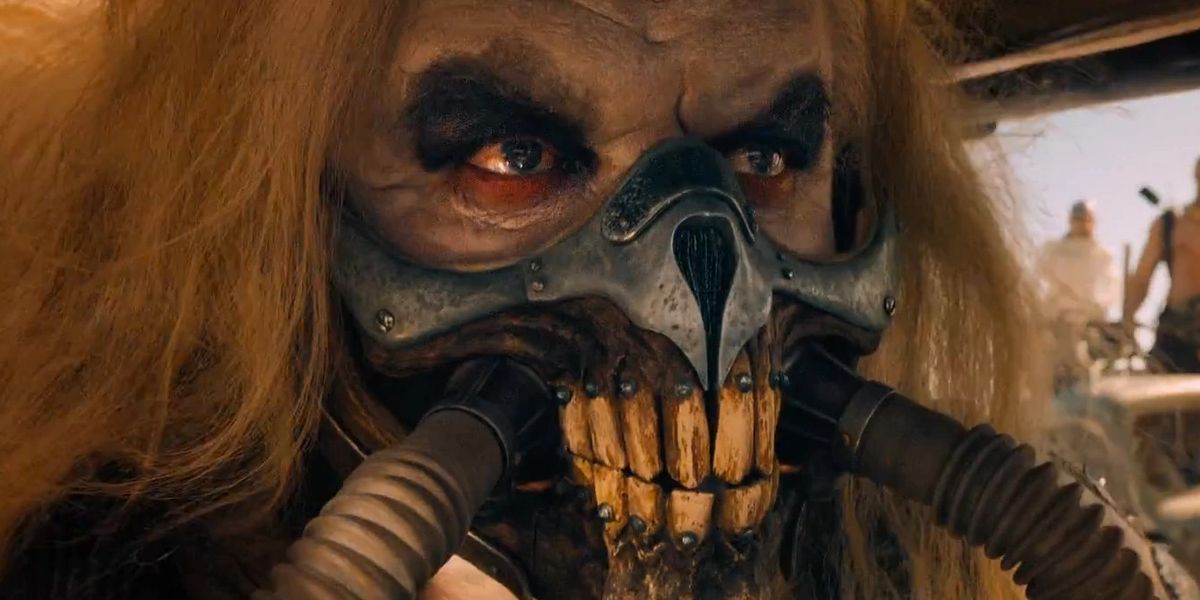
Immortan Joe instantly establishes himself as a fan favorite in Fury Road as another larger-than-life despot with a post-apocalyptic army at his command. In this case, he trends closer to Auntie Entity than Lord Humongous. He has an established base of power (an aquifer in the desert dubbed “The Citadel”) and uses it to claim absolute control over his stretch of the wasteland. Like Aunty Entity’s Bartertown, a society of a sort exists beneath him, complete with an underclass known as “The Wretched” and foot soldiers called “The War Boys” culled from the ranks of the physically healthy. Joe rules it all as a living god, offering salvation to all who worship him and inducing fanatical loyalty among his War Boys.
Joe’s harem consists of genetically healthy women with whom he wishes to produce a healthy heir. They, of course, revolt against his plans and flee with Furiosa’s help. Joe is smarter and more forward-thinking than any of his predecessors save for Auntie. He wants an heir for the stability one will bring, as his own body is riddled with cysts and deformities. He is also willing to commit his entire army to getting his harem back. That brings politics into the mix, both from without and within. Smaller rival gangs control territory around his and harry both Joe’s forces and Furiosa’s during the events of Fury Road.
In addition, Joe’s rule hinges on support from a powerful pair of underlings: The People Eater, who controls an oil refinery called Gastown, and The Bullet Farmer, who similarly manages a lead mine that provides ammunition. Both of them support Joe’s pursuit of the women, but express misgivings about the cost. When it finally ends for him, his subjects are overjoyed, tearing his corpse to pieces at the end of the film and suggesting that his rule was far shakier than he wished.
Immortan Joe Has a New Role in Furiosa
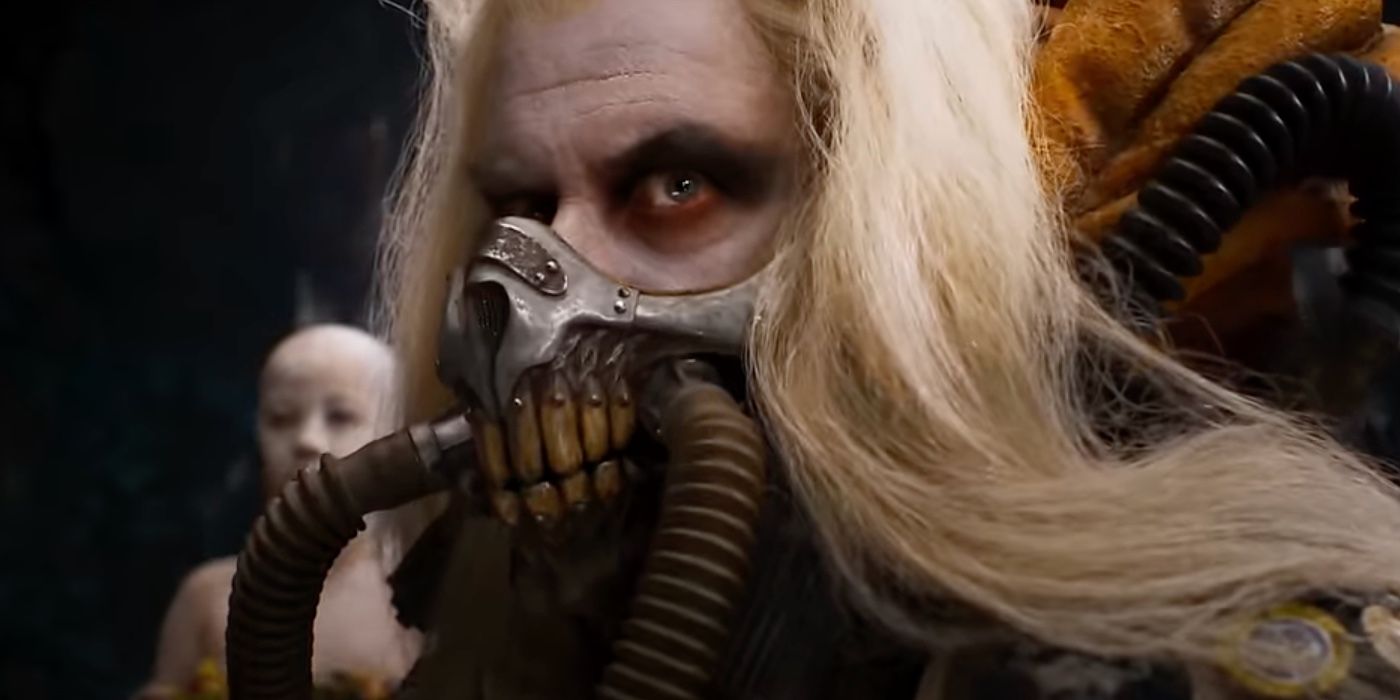
Joe’s story is innately connected to Furiosa’s in that Fury Road begins with her as his field general in a position of absolute trust. She breaks that by liberating his enslaved harem and making a bid for freedom, which constitutes the bulk of the movie. Fury Road doesn’t need to explain any further. With Max acting as the audience surrogate, Miller can convey the stakes and set the sides without spending excess time on backstory, which would slow down a movie designed as wall-to-wall action. Joe’s motivations are tied in to breeding and maintaining healthy bloodlines, which are creepy enough to stand out without needing to know any further. A few intriguing details stand out, such as Furiosa’s final words “remember me” before she kills him, but they serve more as a garnish than a main course.
Both Joe and Furiosa have a lengthy backstory, which Miller reportedly spent years developing in preparation for Fury Road and which makes moments like Furiosa’s “remember me” feel more organic. The Vertigo comic Mad Max: Fury Road: Nux & Immortan Joe (by Nico Lathouris, Mark Sexton, George Miller, Riccardo Burchielli, Leandro Fernandez), released in conjunction with the film, details his origins as the military officer, Colonel Joe Moore, who turned raider after the fall of civilization before claiming the Citadel as a formal seat of power. The new film focuses on the conflict between Dementus and Joe, with Furiosa playing spoiler in the middle. Miller draws very loosely on Akira Kurosawa’s Yojimbo for the plot, as his heroine must walk a fine line between two equally odious forces in an effort to come out on top.
Besides answering big questions like how Furiosa lost her arm, it also lets Miller further explore what war and politics look like after the end of the world. A younger, less ensconced Joe becomes a more compelling figure to make that point than someone entirely new, especially with him and Furiosa bound so tightly together. As a prequel, Furiosa lets Miller look at how the world of his previous four films got started, and Joe provides the right combination of malevolence and permanence to flesh out those details. He also provides a new dynamic in his conflict with Dementus. The Mad Max movies tend to draw very clear moral lines, with battered but fundamentally moral heroes facing off against violent barbarism. Immortan Joe holds the distinction of being the only Mad Max villain to make a repeat appearance, which Miller has no intention of wasting.
Furiosa: A Mad Max Saga is now playing in theaters.





